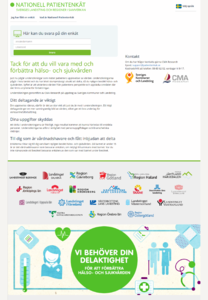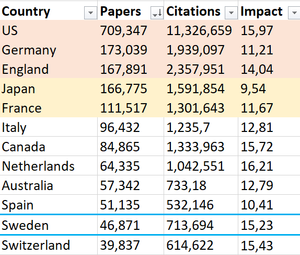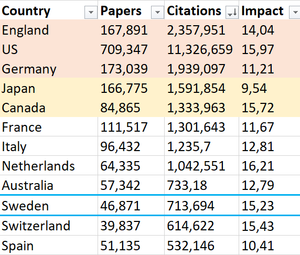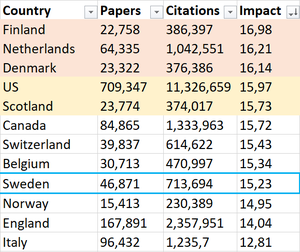This is a long post so the bottom line reads: This does not perform any better than placebo according to the paper.
I just wanted to post this! Apparently it has completed a research with successful results!
The science behind it doesn't even make any sense,
From the paper referenced above:
The hypothesis is that the active (biomodulator) patch acts as a steady state coherent biomodulator. This is believed to stabilize and desensitize the auditory system, thus resulting in tinnitus relief. It is thought that this is achieved by soothing the chaotic audio-neuro- signal loops or what is also known as hyperactivity in a global network of long-range cortical connectivity, which creates the awareness and distress of the internal sound (i.e. tinnitus)
I'm not getting much from that myself

. There are no references to any other work demonstrating the theory, no support anywhere I can find from the company to show how this works in the brain (or ear), no previously referenced work to inform the hypothesis. Just
"it is thought".
The primary objective of this research paper was:
To assess the performance of the active (biomodulator) patch relative to placebo on the change of tinnitus symptoms after 21 days (Week 3). The key performance evaluations included tinnitus annoyance visual analogue scale (VAS), which was the primary variable.
There was no statistically significant difference on any of the measures after treatment. The patch did not perform better than placebo for the primary outcome.
Secondary objectives:
To assess the performance of the active (biomodulator) patch relative to placebo on the change of tinnitus symptoms 4 weeks after end of treatment (Week 7) compared to baseline. The key performance evaluations included tinnitus annoyance VAS, same as the primary variable.
To assess if the active (biomodulator) patch could improve the tinnitus patient's quality of life after the treatment period (Week 3) and 4 weeks after end of treatment (Week 7) compared to placebo. The key performance evaluations included: tinnitus handicap inventory (THI), questionnaire on well-being, and tinnitus annoyance and tinnitus related symptoms VAS including hyperacusis.
And the results?
Tinnitus Annoyance VAS: There was no statistically signifiant difference (p = 0.52) between the 2 groups at Week 7.
THI: There was no statistically significant difference (p = 0.39) between the 2 groups at Week 7
Wellbeing: There was no statistically significant difference (p= 0.78) between the 2 groups at Week 7
Hyperacusis VAS: There was no statistically significant difference (p = 0.23) between the 2 groups at Week 7
The patch did not perform better than placebo for these outcome measures.
The final outcome measure:
To assess the performance of the active (biomodulator) patch compared to placebo on the proportion responders at Week 7. Responders were defined as patients at Week 7 having a decrease from baseline of at least 2 points in the tinnitus annoyance VAS.
The single measurement that improved was the "responders" category they chose. I can't see any reasoning that some people are deemed as responders but I do know that the figures here are unbalanced and I believe cannot be relied on. There is not enough data to make a proper comparison. 82 people in total took part, 16 were analysed as responders. 12 from the "active" group and 4 from the "placebo" group. I can't see how any proper comparison can be made from these figures.
From the abstract:
Conclusion: In a cost-risk-benefit rationale according to this study it can be reasonable to recommend the biomodulator patch for treatment of tinnitus. Improvements were shown at Week 7 (4 weeks after the end of treatment period).
The patch is safe to use. Maybe there isn't enough text to say that there was no statistical difference to placebo? They do have that at the end however:
CONCLUSION
The patch acts as a steady state coherent biomodulator and could have a resetting effect on the auditory system for downregulating tinnitus awareness.
In summary, the patch was safe and well-tolerated and showed efficacy with significant difference between the active and placebo groups at Week 7 (4 weeks after end of the treatment period). The active patch group had 30% responders (i.e. decrease from baseline in at least 2 points on the tinnitus annoyance VAS) compared to 10% of responders in the placebo group. There was no significant difference in performance between the active (biomodulator) and placebo groups directly at the end of treatment (Week 3).
So the conclusion I read is that it could work but isn't proven and there is no significant difference between the Antinitus patch and placebo. I am happy to be corrected if I have got this wrong.

 Manager
Manager



 Member
Member . There are no references to any other work demonstrating the theory, no support anywhere I can find from the company to show how this works in the brain (or ear), no previously referenced work to inform the hypothesis. Just "it is thought".
. There are no references to any other work demonstrating the theory, no support anywhere I can find from the company to show how this works in the brain (or ear), no previously referenced work to inform the hypothesis. Just "it is thought". How were these scammers allowed to attend this conference?
How were these scammers allowed to attend this conference?
